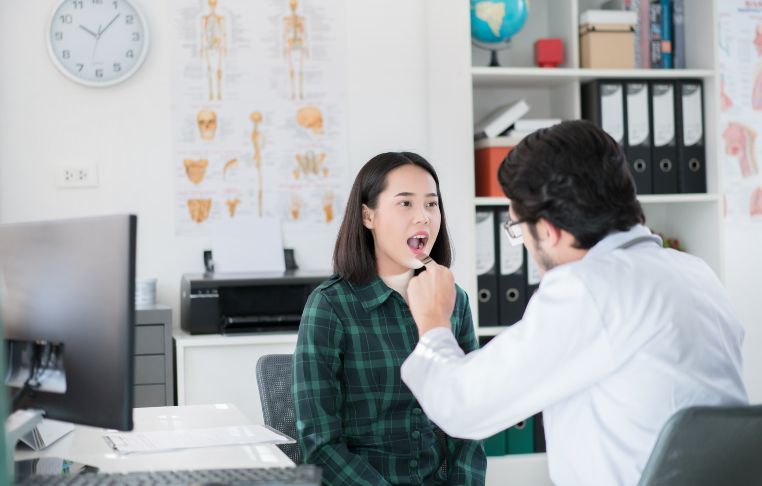
Sialorrhea after four years of age generally is considered to be pathologic.

This condition is normal in infants but usually stops by 15 to 18 months of age. Protect teeth decay, dental health and oral odourīacteriostatic and bacteriocidal propertiesĭrooling (also known as driveling, ptyalism, sialorrhea, or slobbering) is when saliva flows outside the mouth, defined as “saliva beyond the margin of the lip”. Lubrication of mouth, teeth, tongue and food boluses Table 1: Functions of saliva Digestion and swallowing The sympathetic nervous system also affects salivary gland secretions indirectly by innervating the blood vessels that supply the glands. In this regard both parasympathetic and sympathetic stimuli result in an increase in salivary gland secretions. Sympathetic stimulation promotes saliva flow through muscle contractions at salivary ducts. Parasympathetic postganglionic cholinergic nerve fibers supply cells of both the secretory end-piece and ducts and stimulate the rate of salivary secretion, inducing the formation of large amounts of a low-protein, serous saliva. Salivary glands are innervated by the parasympathetic and sympathetic nervous system. Salivary pH is about 6-7, favouring digestive action of salivary enzyme, alpha amylase, devoted to starch digestion. Saliva contains various components involved in defence against bacterial and viral invasion, including mucins, lipids, secretory immunoglobulins, lysozymes, lactoferrin, salivary peroxidise, and myeloperoxidase. They act as barrier to irritants and a means of removing cellular and bacterial debris. The organic and inorganic components of salivary secretion have got a protective potential. Moreover, saliva helps with bolus formation and lubricates the throat for the easy passage of food. The bicarbonate content of saliva enables it to buffer and produce the condition necessary for the digestion of plaque which holds acids in contact with the teeth. It is saturated with calcium and phosphate and is necessary for maintaining healthy teeth. Saliva is composed of serous part (alpha amylase) and a mucus component, which acts as a lubricant. In its absence both the hard and soft tissues of the oral cavity may be severely damaged, with an increase in ulceration, infections, such as candidiasis, and dental decay. Saliva is a major protector of the tissues and organs of the mouth. On stimulation (olfactory, tactile or gustatory), salivary flow increases five fold, with the parotid glands providing the preponderance of saliva. At least 90% of the daily salivary production comes from the major salivary glands while the minor salivary glands produce about 10%.

Healthy persons are estimated to produce 0.75 to 1.5 liters of saliva per day. Saliva is the watery and usually frothy substance produced in and secreted from the three paired major salivary (parotid, submandibular and sublingual) glands and several hundred minor salivary glands, composed mostly of water, but also includes electrolytes, mucus, antibacterial compounds, and various enzymes. Successful management of sialorrhea can alleviate the associated hygienic problems, improve appearance, enhance self-esteem, and significantly reduce the nursing care time of these sufferers.Chronic drooling can be difficult to manage this article gives overview of the causes, effects and management of drooling of saliva in general practice. People with drooling problems are also at increased risk of inhaling saliva, food, or fluids into the lungs especially when body's normal reflex mechanisms, such as gagging and coughing are also impaired.
SALIVA IN EXCES SKIN
Physical and psychosocial complication includes maceration of skin around the mouth, secondary bacterial infection, bad odour, dehydration and social stigmatisation. Drooling can lead to functional and clinical consequences for patients, families, and caregivers. Drooling could be caused by excessive production of saliva, inability to retain saliva within the mouth, or problems with swallowing.

Ganesh Bavikatte, Poh Lin Sit and Ali HassoonĬite this article as: BJMP 2012 5(1):a507ĭrooling, also known as ptyalism or sialorrhea can be defined as salivary incontinence or the involuntary spillage of saliva over the lower lip.


 0 kommentar(er)
0 kommentar(er)
